The Silent Enemies in Our Blood: How Cholesterol, Clots, and Crystals Threaten the Heart of Humanity
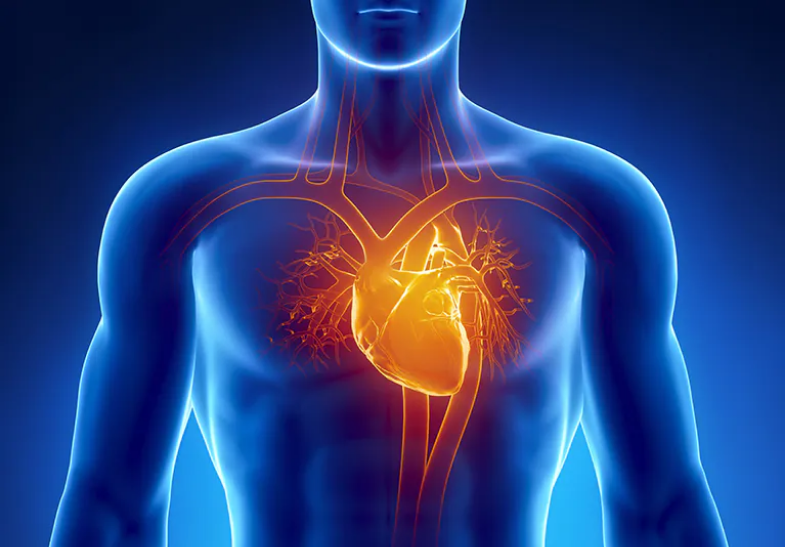
Every heartbeat is a miracle of survival. In the span of a single day, our hearts pump nearly 100,000 times, pushing life-giving blood through 60,000 miles of vessels, which is enough to circle the earth more than twice. Yet, hidden within this life-giving flow, a quiet danger accumulates year after year, turning the very bloodstream that sustains us into a slow-working weapon.

Doctors call them cholesterol plaques, blood clots and calcium deposits. In everyday terms, they are sticky fats, cottage-cheese-like clot masses and sharp crystalline fragments that lodge in our vessels. Left unchecked, they narrow arteries, choke blood supply, trigger heart attacks, cause strokes, contribute to arthritis and in some cases even fuel cancer.
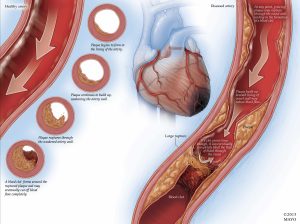
Together, they explain why cardiovascular disease remains the leading cause of death worldwide.
Think of a river. When clear, it runs smoothly, nourishing everything along its banks. But when debris accumulates—branches, stones, waste—the flow slows, becomes turbulent, and sometimes dammed entirely. Our vessels function in much the same way.
- Cholesterol plaques form as sticky fat deposits along vessel walls, narrowing the passageway for blood.
- Blood clots (thrombi) are clumps that resemble soft, cottage cheese. They can cling silently until one detaches, racing like a rogue bullet toward the heart (causing a heart attack) or the brain (causing a stroke).
- Calcium deposits and toxins harden the vessels. These jagged crystals, often mixed with heavy metals and pollutants we accumulate over a lifetime, make arteries brittle. Scientists now warn that they don’t just stiffen vessels—they may also promote cancers.
The trio rarely acts alone; rather, they build upon one another. A cholesterol plaque becomes the base for a clot; a calcified vessel makes rupture more likely. The result is a slow but certain compromise of the body’s most vital system.
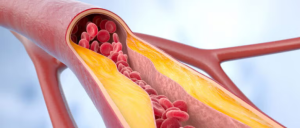
An instance of human story, life before and after a stroke: For 58-year-old Ngozi, a primary school teacher in Lagos, the first warning came not as pain but as silence. “One morning, I tried to call my husband for tea, and the words just didn’t come out,” she recalls. Within minutes, half of her body felt numb. Ngozi had suffered a stroke, which was caused by a sudden blockage in the brain’s blood supply.
After weeks in the hospital and months of rehabilitation, she regained her speech and partial mobility, but her life is forever changed. “I used to walk to school and play with my grandchildren,” she says. “Now, I need help with even simple things.”
Her story is echoed in millions of households worldwide: families derailed, livelihoods lost, futures rewritten, all because of a disease that is largely preventable.
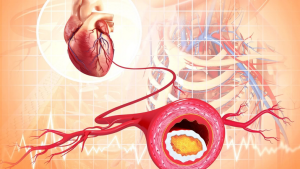
Cardiovascular disease isn’t written only in our DNA. It is deeply shaped by how we live.
- Diet: Modern diets heavy in fried foods, processed sugar, and excess salt feed cholesterol buildup.
- Inactivity: Sedentary lifestyles weaken circulation and allow fat to accumulate.
- Stress: Chronic stress raises blood pressure, putting constant strain on vessels.
- Smoking and alcohol: Both accelerate clotting and harden arteries.
Even something as simple as sleep deprivation worsens cardiovascular risk by fueling inflammation and poor metabolic control.
On the flip side, small but consistent lifestyle changes such as daily walking, reducing red meat, adding fruits and vegetables, drinking water instead of soda, can dramatically reduce the buildup of cholesterol, clots and crystals in vessels.

Cardiologists warn that clogged vessels rarely show symptoms until it’s too late. Early signs are subtle: dizziness, fatigue, ringing in the ears, varicose veins, or occasional chest tightness. But these “minor annoyances” are often the body’s alarm bells.
“By the time patients come to us with advanced heart disease or after a stroke, their vessels have been accumulating damage for decades,” explains Dr. Musa Ibrahim, a consultant cardiologist in Abuja. “The tragedy is that most of this could have been prevented with early screening and lifestyle adjustments.”
Modern medicine offers tools as cholesterol-lowering drugs (statins), blood thinners, angioplasty and bypass surgery. But these are expensive, invasive, and often inaccessible to ordinary families in low- and middle-income countries.

The impact of vascular disease goes far beyond the individual. In Nigeria, heart disease and stroke are among the top three killers. Across Africa, the burden is rising as lifestyles shift toward urban diets and sedentary routines.
The cost of treatment often devastates families: a single heart surgery can wipe out a household’s savings, while rehabilitation after a stroke drains emotional and financial reserves. Children often become caregivers, disrupting their education. Employers lose workers in their most productive years.
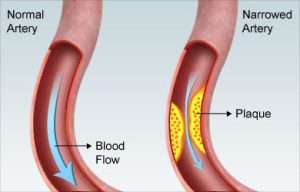
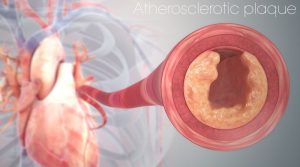
Globally, the World Health Organization estimates that cardiovascular disease costs economies trillions of dollars annually in healthcare and lost productivity. It is as much a social and economic crisis as it is a medical one.
Every heartbeat we feel is not just survival, it is opportunity. Opportunity to move, eat better, sleep well, manage stress, and get screened.
- Get checked: Blood pressure, cholesterol, and sugar tests can reveal silent risks.
- Move daily: Even 30 minutes of brisk walking protects the heart.
- Eat smart: Replace fried foods with grilled, choose whole grains over processed, and hydrate.
- Quit smoking: The benefits start almost immediately after stopping.
- Rest: Prioritize 7–8 hours of quality sleep.
Communities also play a role. Public health campaigns, affordable check-ups, and workplace wellness programs can create environments where heart health becomes a shared responsibility.
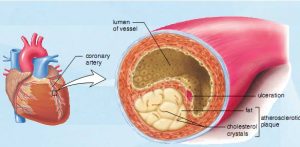
Cholesterol, clots and crystals are not abstract enemies, they are the fingerprints of modern living, magnified by stress, diet, and neglect. But they are not unbeatable. Nations like Japan, which adopted vessel-cleaning and prevention programs decades ago, now lead the world in life expectancy.
If we rethink how we treat our hearts, not just in hospitals, but in kitchens, workplaces and daily habits, then we could rewrite the statistics. The world doesn’t have to accept heart disease as destiny.
Every heartbeat is still a miracle. The question is whether we will protect it.







